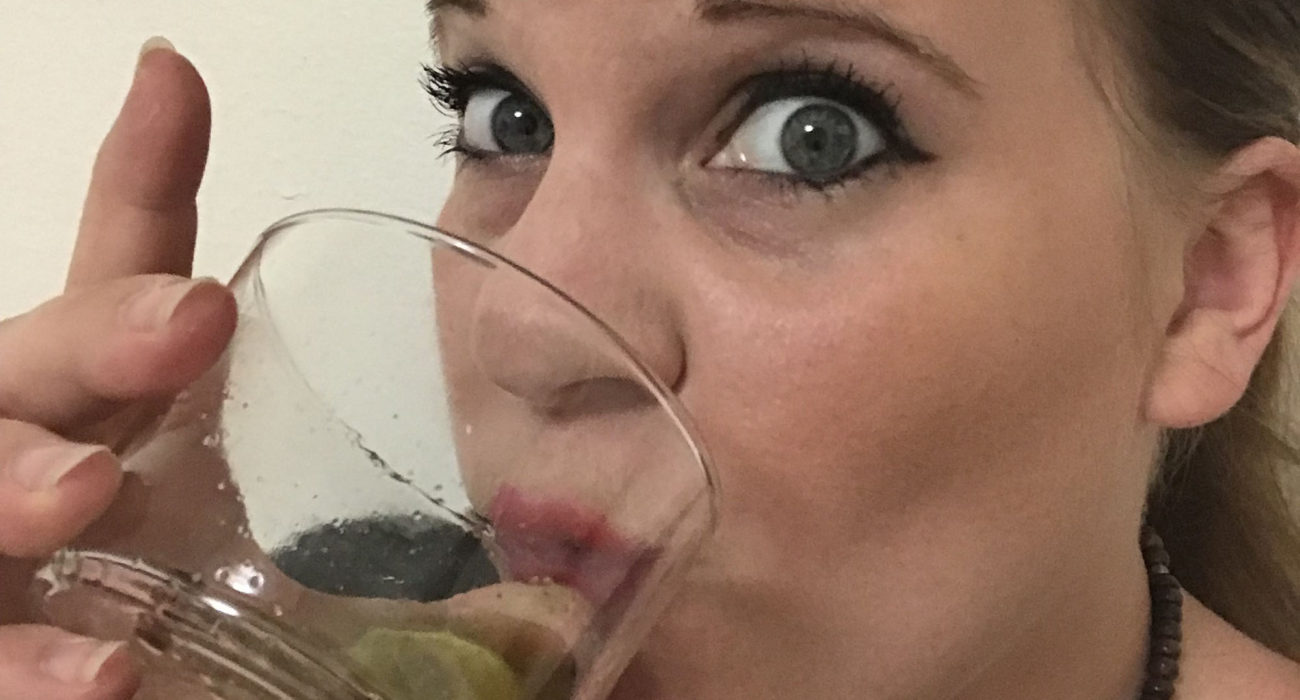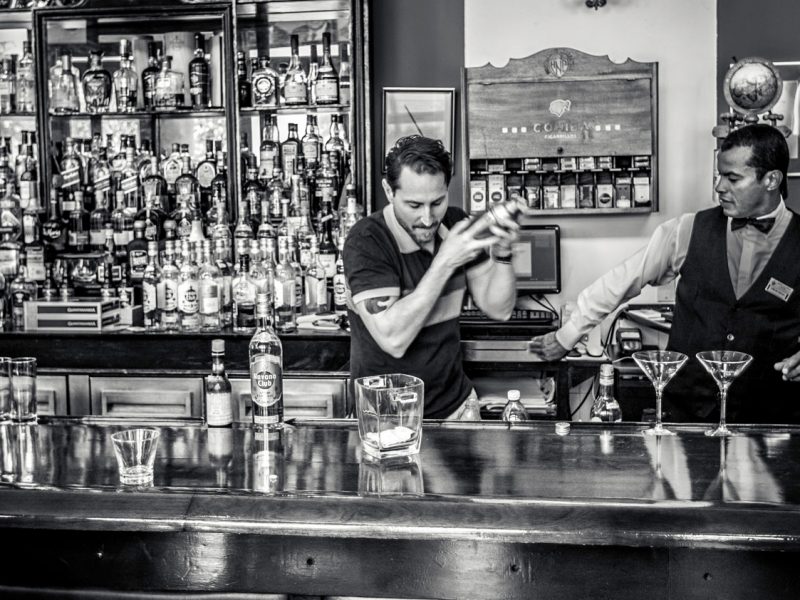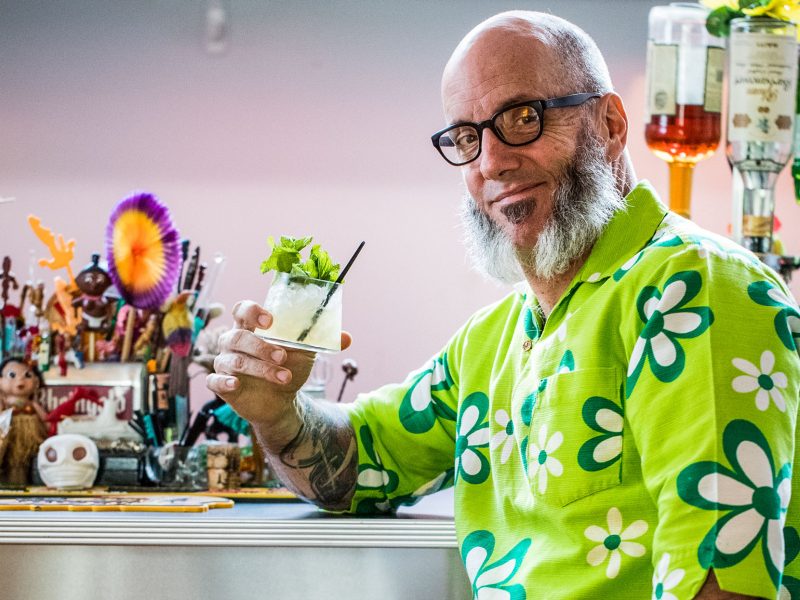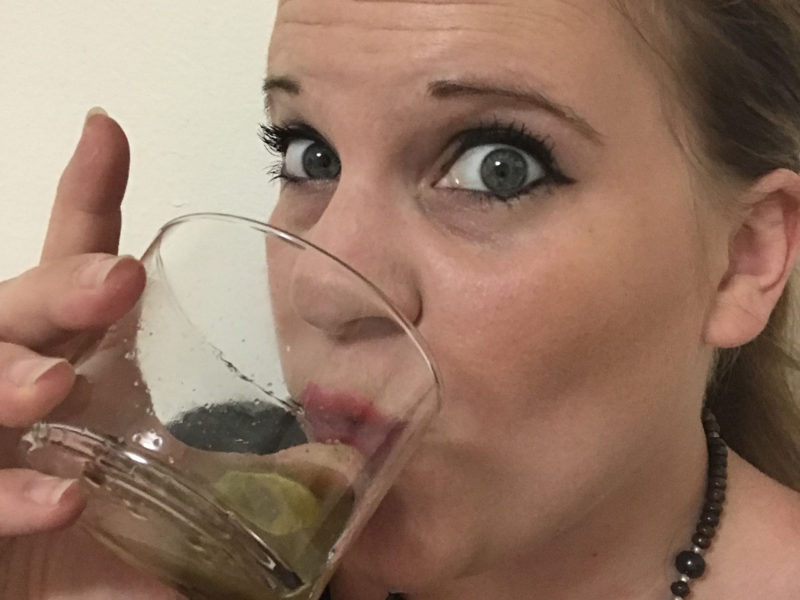My name is Kate Perry, and I love rum.
Like I really LOVE rum.
In 2012 I opened a bar in Seattle called Rumba. The owner pitched the concept and excitedly told me that he wanted me to run it—but I didn’t know anything about rum.
I booked a three week trip to the Caribbean to visit several rum-producing islands to discover what makes their rum unique and how they drink it. I found myself dancing and drinking Chichaito in Old San Juan, teaching English to the Martinique distillery staff over sips of Agricole, and drinking Suckabubby with a dreadlocked Bajan man as he sped through the back roads and private beaches of Barbados. Needless to say, I fell in love immediately, and the rum was pretty good too.
In the beginning of my fourth year at Rumba, I got a call from the Italian company Velier and was invited to join them in Haiti to experience Clairin. I had heard of Clairin before, since I ran a rum bar with over 600 labels, and I prided myself on hearing of things. I fancied that I knew a thing or two about rum. I was so wrong.
In Haiti, I learned that I knew nothing about rum. You see, as an American in Seattle talking about rum all day every day, I may have understood some things about rum, but I didn’t know rum. I was on the outside: my experience with rum was through the lens of brands, books, and bartenders. I was told about rum from many perspectives, and I cobbled together an understanding and repeated what I learned. I gained a reputation for knowing a thing or two about rum. I continued to travel to many rum producing countries and toured distilleries, learning the hows and whys. But it wasn’t until I visited Haiti that I really felt it.
In Haiti, I was introduced to Rum as its Authentic Self. It wasn’t branded, marketed, or commodified. Rum production is based on the surrounding and available materials. Choices aren’t made for any superficial or marketable reason, but to supply simple resolution to challenges. Need a still? Vaval built one, and then he parked a train next to it to create steam to power it. Need a fermentation vessel? Casimir chopped down a mango tree, so he ferments in mango wood. How much liquid should the still produce? Fifty-five gallons is a reasonable answer—that is the size of the drums they will fill.
There is no culture of bottles, barrels, or brands in the story of Clairin. It isn’t produced for the outside world with a label and a marketing pitch. Clairin is the local spirit of Haitian villages, but it’s also what most rum probably tasted like in 1800. This was the only way to make rum—pre-hybrid cane, hand cut, naturally fermented, pot stilled, and drunk at high proof off the still. The world changed: Barbados became single blended and balanced, Martinique became Rhum Agricole made on a creole column, the Spanish islands favored lighter spirits from large column stills, Jamaica became rock ’n’ roll. But the world didn’t change in Haiti, and there we can still find rum produced in the same way it’s always been produced. There lies the authentic: Clairin is Haiti, distilled.
This shook my world. To me, rum had always been something out there, produced with incredible skill and knowledge by master distillers and blenders and aging warehouses. Vast operations of talented people who created brands with labels for me to pour in my little bar in Seattle. Much appreciated and much loved, but the disconnect from me to them was huge.
In Haiti, there is no disconnect. There is no intellectual argument of what rum should be, there is only what it is. There’s no competition between distilleries because it doesn’t matter. There is a community of people coexisting together—and there is enough Clairin to go around.
I love rum because it is the perfect reflection of humanity. It’s difficult and it’s intense. It’s raw and it’s painful. It’s experienced brutality and inconceivable injustice. But it also has strength, resilience, and determination. Sometimes it’s even a little sweet.
Right now rum is a little confused, and we are too. As we wade through the intellectualized concepts of what rum is, should be, and could be, humanity is answering the same questions about ourselves. You cannot separate the history of rum from the history of the modern world—they are interlinked and destined to reflect in each other the weak and the powerful, the terrible and the brilliant. Rum is a beacon of light for me. In this world of ours that is so manipulated, commercialized, chemicalized, and marketed, I see humanity searching for something deeper, different; for something real underneath the plastic exterior. With the growing demand for authenticity, I find hope that the pendulum of modernity will swing back towards a world more authentic in its reflection.




